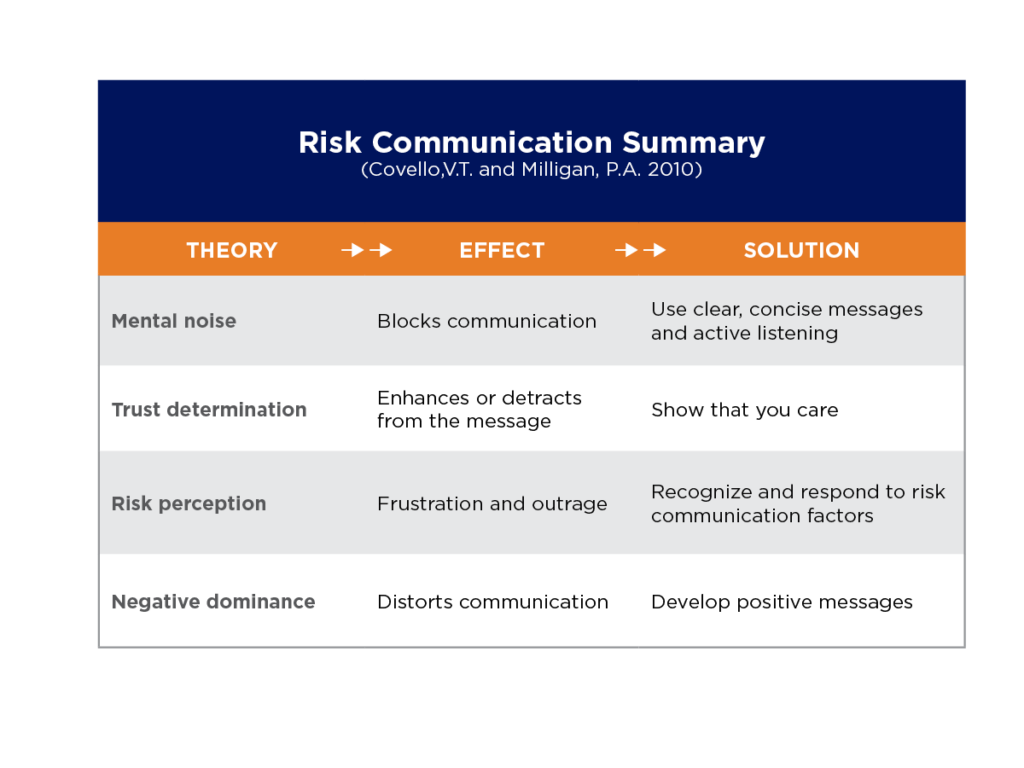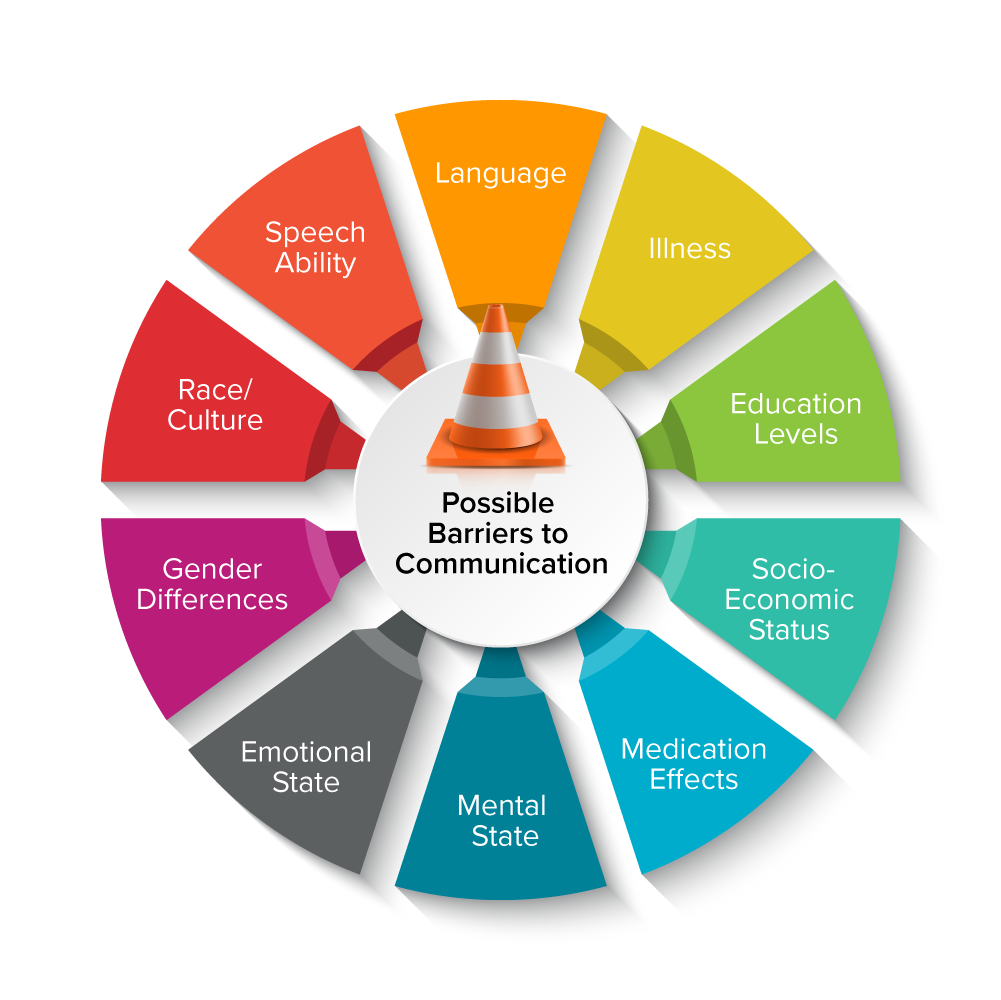The Importance of a Crisis Communication Plan for Government and Non-Government Organizations
Planning for the inevitable, a crisis or emergency, is a practice every organization should employ. As we’ve seen recently with COVID-19, the unthinkable can become thinkable, and planning, strategizing, training, and exercising are essential functions for any organization to successfully weather a crisis or emergency.
While effective communications during a time of crisis can positively reflect on an organization, ineffective communications during a time of crisis or emergency can surely endanger an organization and potentially the lives of an organization’s stakeholders. Ultimately, it is the organization’s responsibility to determine which communication path to take. This is why it is incumbent upon organizations to develop, train and exercise a crisis communications plan.
Four things to consider when building your crisis communication plan:
1. Crisis Decision Making
Stakeholders tend to simplify messages to match their belief system paradigm(s). Communication professionals should evaluate their messaging processes for clarity, conciseness, and relevance to ensure internal and external stakeholders recognize, synthesize, internalize and act on the message(s). During decision making processes, communication professionals should consider both intended and unintended consequences may occur due to underlying organizational and stakeholder issues. Awareness of underlying issues that may impact internal and external stakeholders should be considered.

2. Psychological Factors to Consider
Depending on the incident, psychological considerations can have tremendous impact on individuals and organizations by influencing how they process information. Selecting and structuring communication may vary based on the issue, impact (perceived and real), timeliness, etc., as well as the delivery mechanism, i.e., social media. Communicators should develop messages centered on what stakeholders might do to protect themselves and their families, i.e., call the doctor, check on a neighbor/elderly, etc.
Research by Dr. Vincent Covello, indicates that individuals can process up to three key messages in times of crisis. Use of a message map that can be integrated into your crisis communication plan is suggested to ensure your messages are hitting the mark and that your organization is not adding mental noise by providing information overload.

3. Effective Communication in a Crisis
Uncertainty is the greatest concern for most stakeholders. Provide them with a three-part action plan: 1) what they can do, 2) what they should do, and 3) what they must do to protect themselves and their families. An action plan may help reduce anxiety, feelings of victimization, and help to restore a sense of self-control.
4. Potential Communication Barriers
Other demographic data such as socio-economic status and educational attainment of the stakeholder community can affect communication during a crisis or emergency. Ongoing research suggests socio-economic status and education disparities can impact stakeholders’ receptiveness (filtering) of crisis messaging. These two factors can greatly influence an organization’s message(s) delivery and development methods (i.e., such as social media, platforms, texting, written or visual media, etc.). Communicating messages to special populations such as expecting mothers, homeless, substance abusers, and evacuees, must be considered. In addition to socio-economic status, educational levels, and other issues , the audience’s perception/acceptance of risk, your credibility, message context, verbal and nonverbal cues, and other influencing factors may create barriers or otherwise impede message acceptance. Developing messages that are simple, timely, accurate, relevant, credible, and consistent will help overcome most communication barriers.

Appropriate use of crisis and risk communication techniques and principles can be used to motivate stakeholders in taking appropriate actions or prevent stakeholders from taking inappropriate actions during a crisis or emergency. As communication professionals, our ultimate goal is to keep our stakeholders informed about issues affecting their lives and to potentially save lives.
If your organization is interested in developing a crisis communication plan or training/exercising to an existing plan to identify gaps, strengths, and weaknesses, please contact the SummitET® Strategic Communications team.
The Easiest Way to Start Training.
Elevate your team's communication game with our flexible strategic communications workshops. Whether it's in-person, virtual, or hybrid, we offer tailored training options to suit your goals. Empower your team today and enhance your communication skills with expert guidance.
